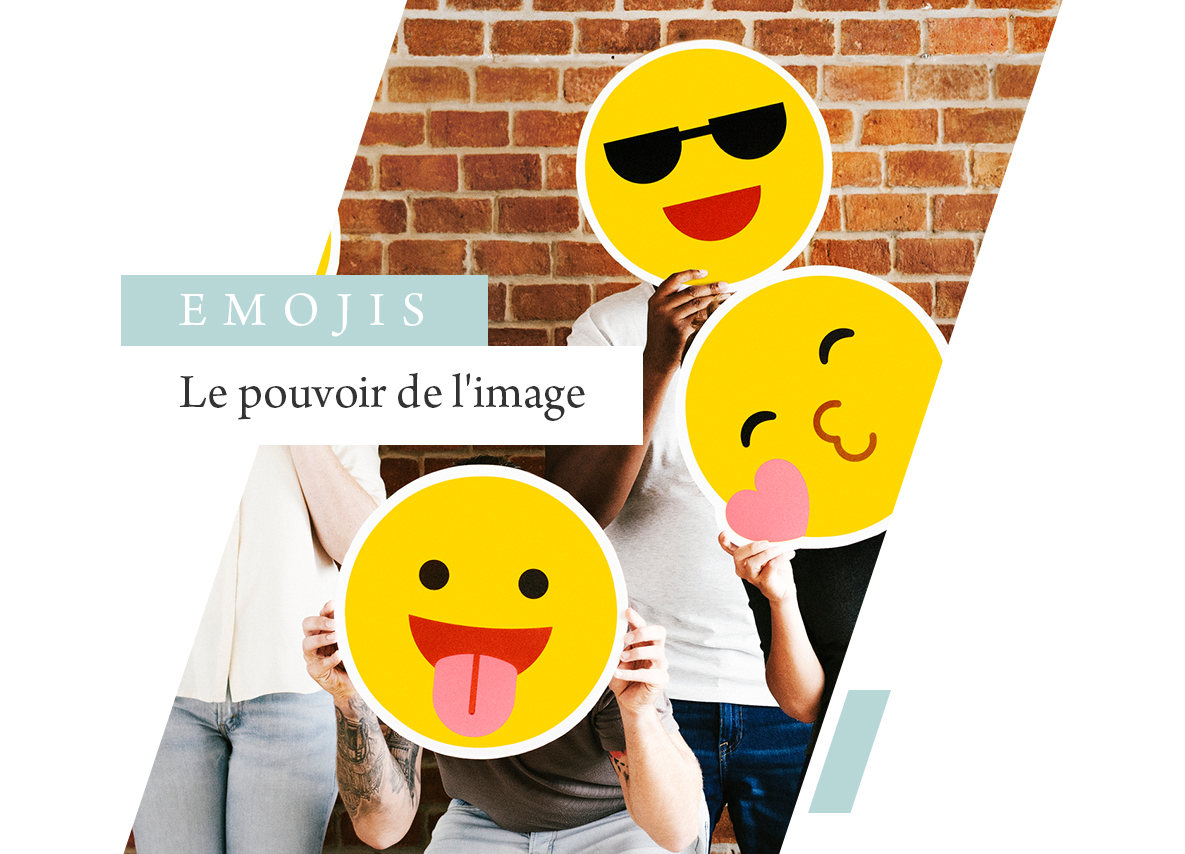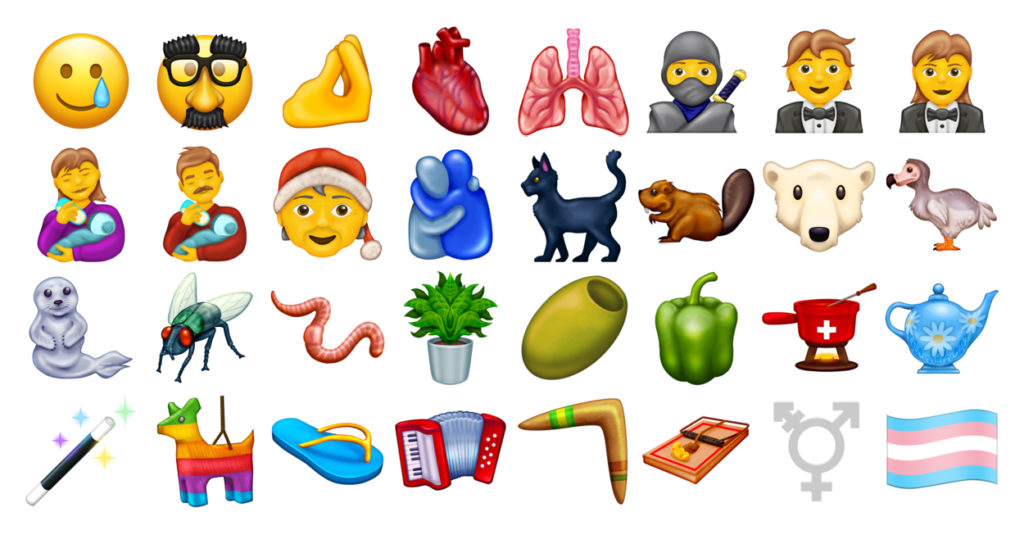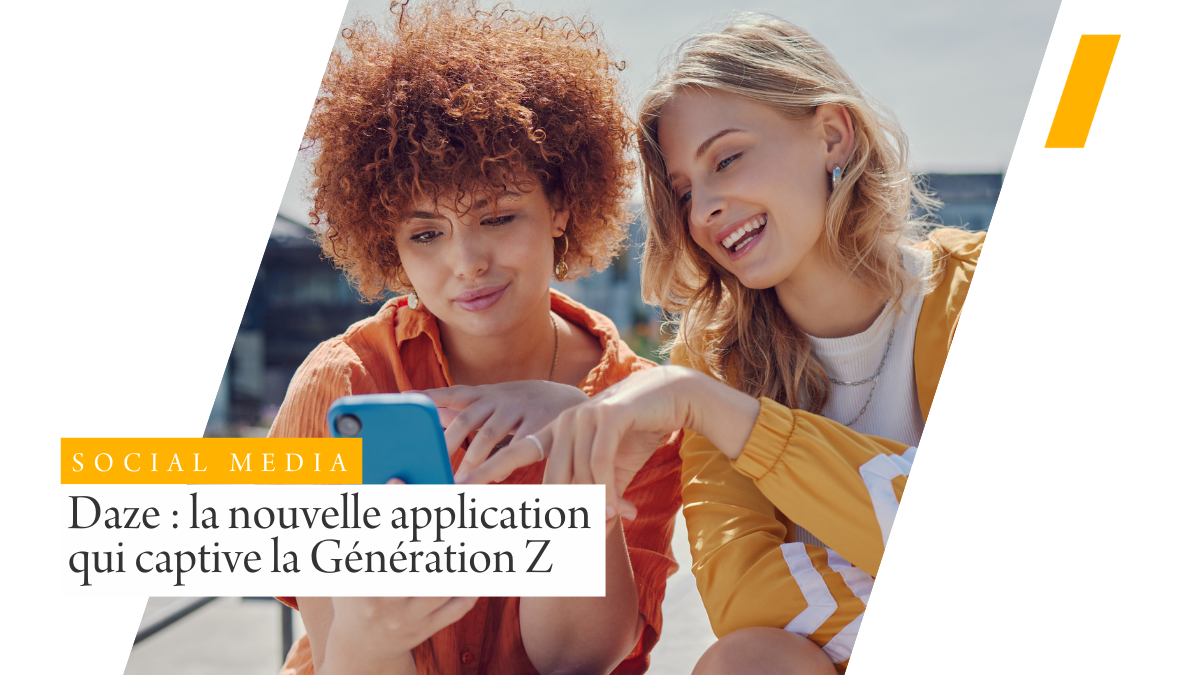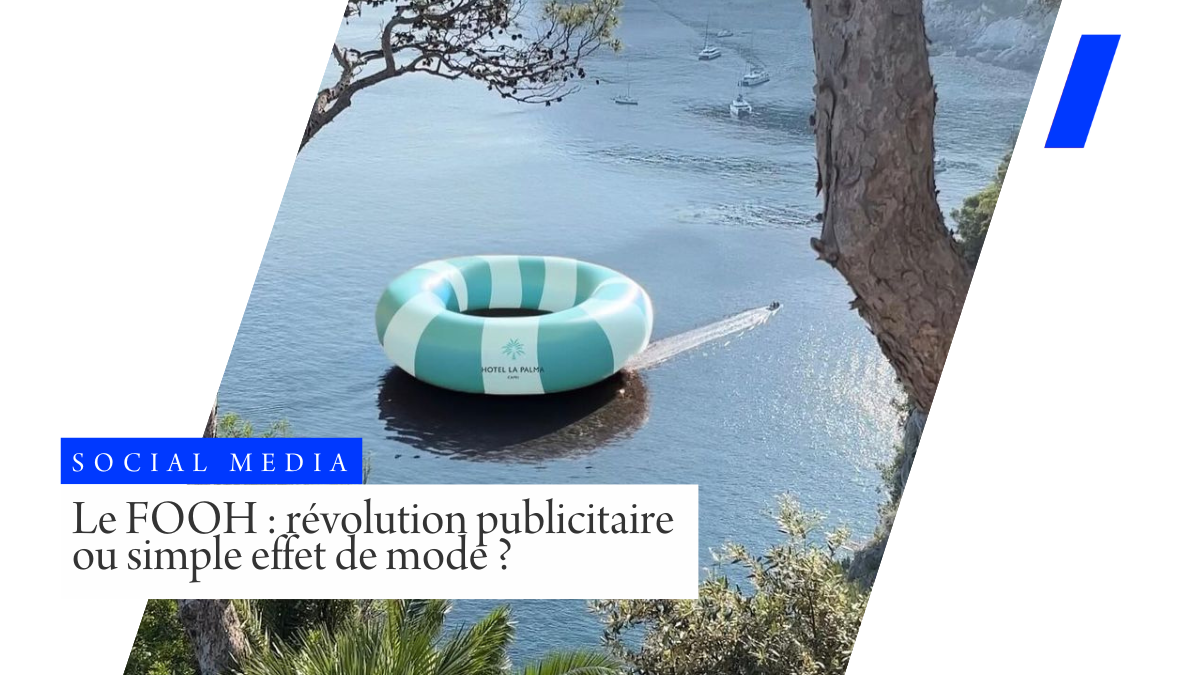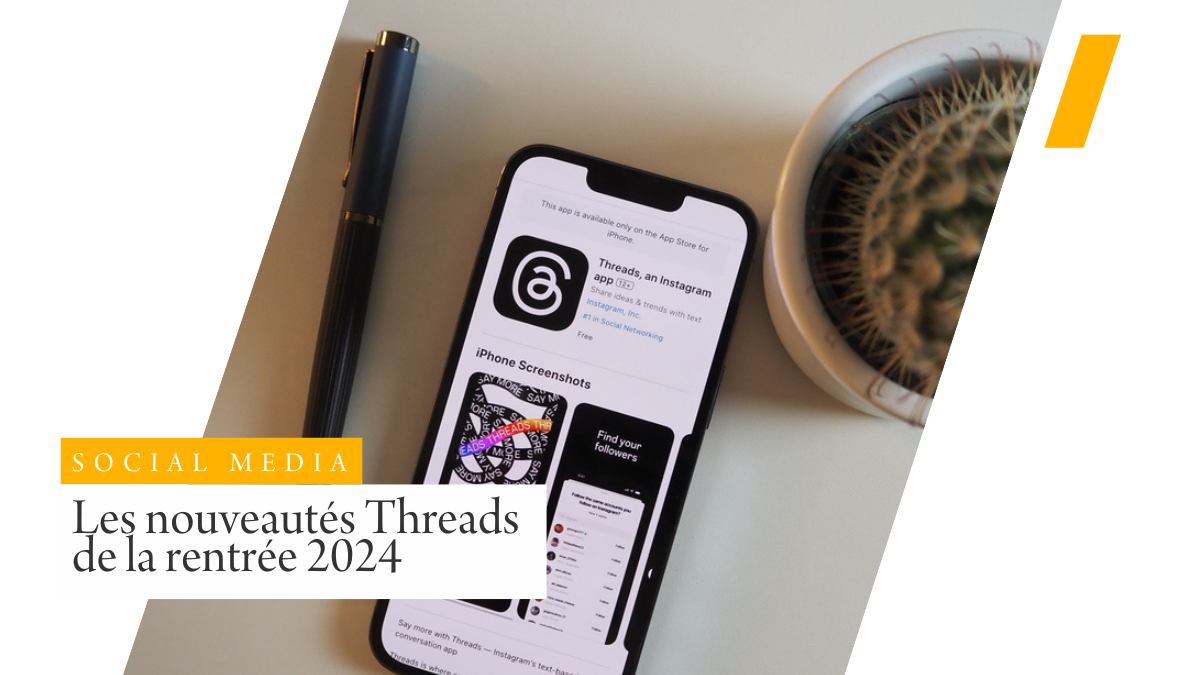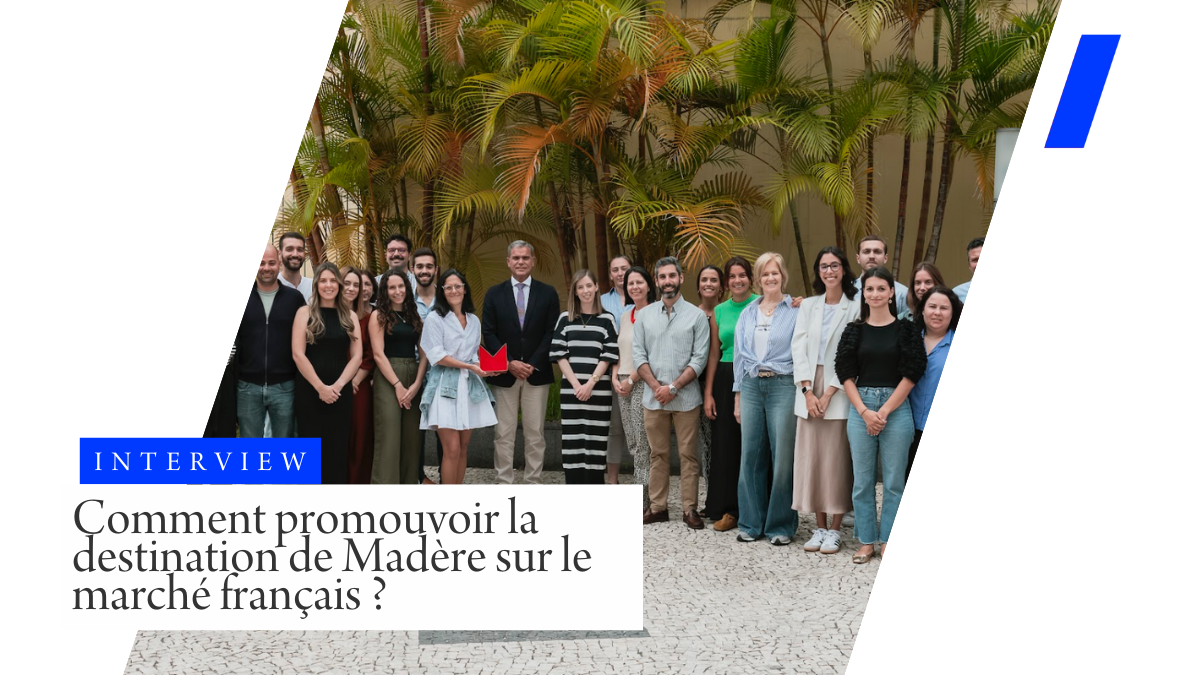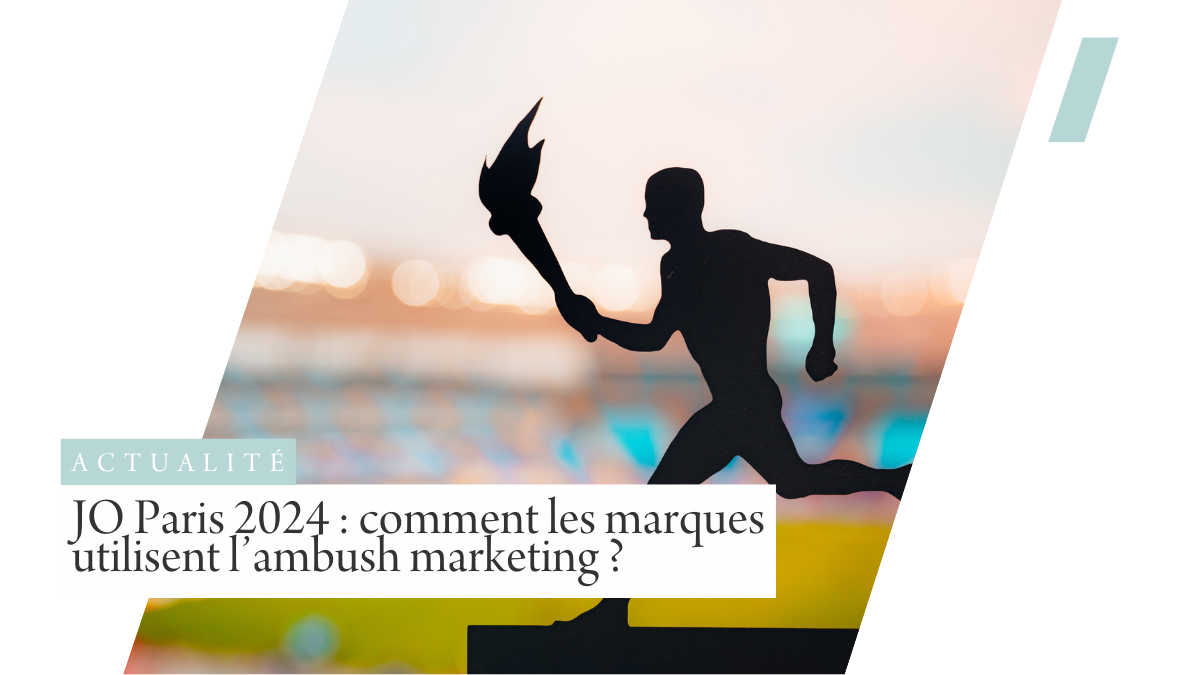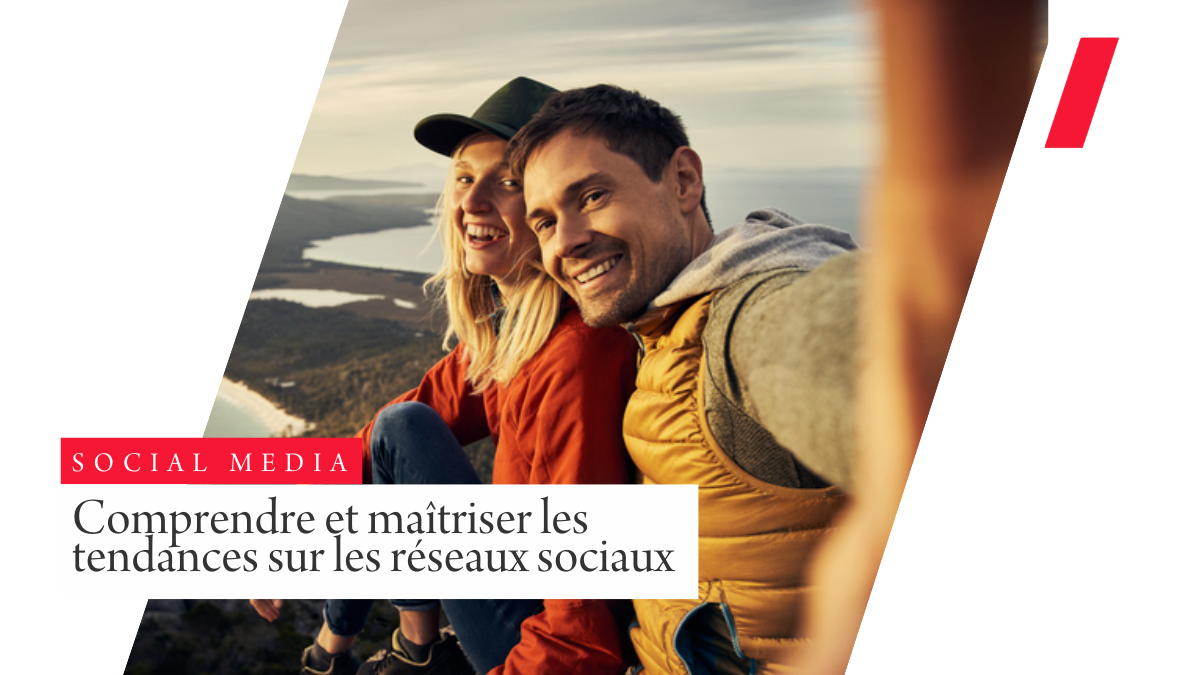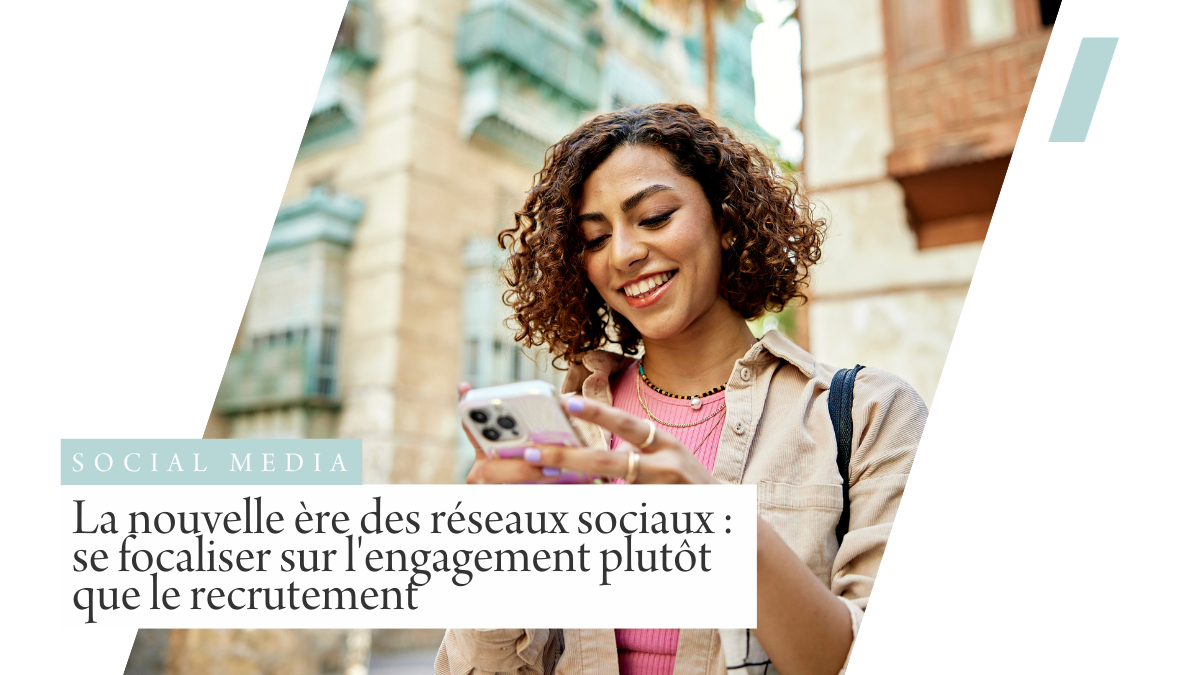2.3 trillion interconnected messages (smartphones/computers) incorporating at least one smile will be sent over the whole of 2020!
An estimate based on a standardized context which, given the current context, could see its number increase.
And yes, in this article we’re going to talk about a fun tool that’s become a community manager‘s best friend : the emoji.
Emojis to add emotion to your publications
Behind their simple, good-natured appearance, emojis hide a number of secrets.
Let’s put ourselves in Champollion’s shoes and try to make contact with these modern-day hieroglyphs!
First of all, an emoji is an ultra-powerful weapon in the age of web-social dominance, and represents a real challenge for all players in the tourism industry!
Going back to the origins of the emoji, it’s particularly important to emphasize the utilitarian and communicative aspect that has been attributed to it since the very beginnings of its creation.
For the record, this illustrated “language set” emanates from a very serious project, governed by the Unicode consortium (does this sound like one of those James Bond organizations to you too 🔫 ).
This private organization is working to meet the hidden need behind the name “Unicode”: to aggregate all the languages and dialects known throughout the world, as well as all cultures, whose content and representations would be made available to a universal keyboard.
This web keyboard was adapted and modified to enable all individuals to communicate with each other.
The Unicode consortium is therefore responsible for the first emojis, as well as all those that continue to appear, much to the delight of communications professionals!
Every year, they decide which emojis to update.
By the way, before getting to the heart of the matter, and if you’re interested, you can suggest the creation of new emojis right here 👉 Unicode
The usefulness of emojis in travel
It’s no exaggeration to say that emojis have been everywhere and on every social network for the past 2 years or so?
Does it thrill you, or annoy you?
We could almost challenge you to find us a Facebook or Instagram post or tweet that doesn’t include an emoticon in its content!
So yes, these mini-illustrations of everyday life and travel (a sun, a palm tree, a volcano, a parasol, a western landscape…) are fully new types of social media tools when you take the time to think about them.
Take their use.
It’s based on the very concept that dominates the major strategies of social networks: making people feel an emotion, an experience through a story.
What could be more practical and fun than offering everyone the chance to express themselves not through words, but through images?
Users become designers of emotion and judgment.
After all, isn’t it emojis that have enabled Facebook to increase its range of interactions?
Until recently, Facebook users could only like a publication, the famous “👍”.
A rather dictatorial way (when you step back) to give free rein to individual appreciation.
Since then, Facebook buttons have gained in diversity, allowing subscribers to laugh, cry, adore, be angry… everything that makes up the complexity of human appreciation.
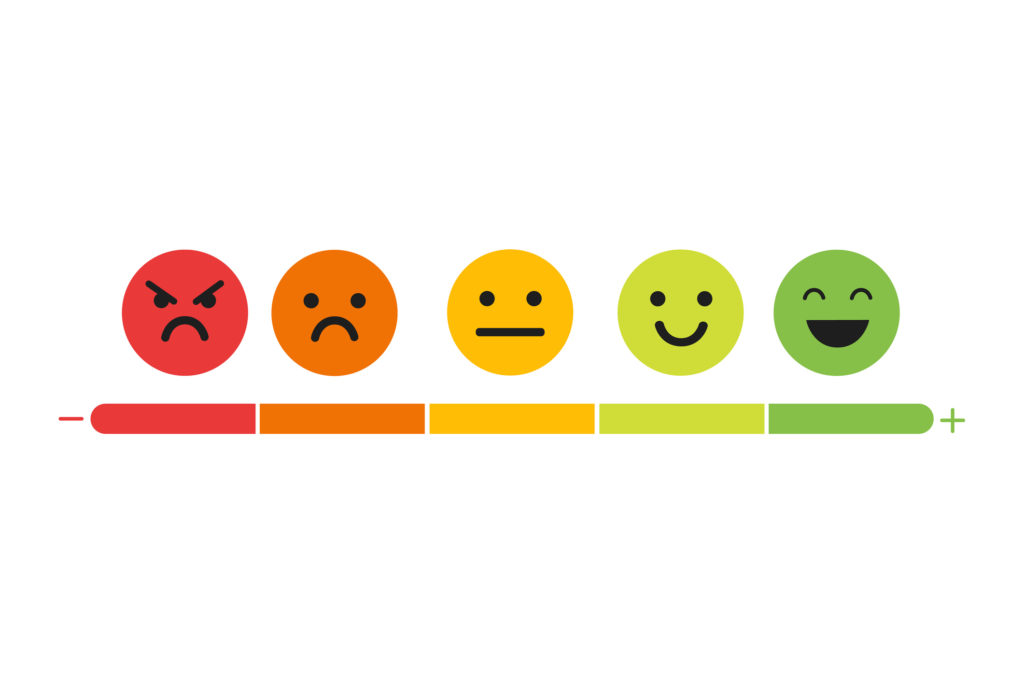
This mutation through “interaction emojis” has enabled many Community Managers to review the overall appreciation of a publication.
With this feature, there’s no longer any need to unfold hundreds of comments to take the 🌡, with a simple swipe of 👁 we now have the ability to know whether the content has overall pleased (or not 😥).
A simple piece of data that nonetheless reflects the reality of things and the dependence we’ve developed on emoticons.
In addition to expressing a mood at a given moment, emojis can also be used to create links quickly and easily.
The ever-increasing number of new emojis, as well as the ever-more diverse themes they cover, help to reinforce the memorability of messages and the impact of communications.
Indeed, there’s a whole psychology behind technological developments, and it turns out that an image, however small, considerably enhances the ability to concentrate and remember.
To illustrate this, a short extract from Alice in Wonderland:
– “Alice, would you be so kind as to listen to your history lesson?” – Oh excuse me, but I’ll never get interested in a book without pictures, it’s no fun!
– My dear child, there are many valuable books in our world that are not illustrated!
– In your world perhaps, but in my world, the books all have beautiful pictures.
Wouldn’t we agree with Alice?
In fact, it’s been observed that emoticons lend a friendlier image to those who use them.
They’re cool-attitude, fun and can really give your communication a more relaxed image, as long as they’re used wisely.
One might even wonder whether, after all, emojis don’t offer a wealth of vocabulary to complement the alphabet!
A question that fully supports the success of the Unicode consortium’s mission: to integrate a new alphabet common to the web, so that people all over the world can speak the same language.
In addition to making broadcast content much more attractive and meaningful, while at the same time simplifying it, the goal of global comprehension is also the emoji’s primary vocation.
Universally speaking, a 🐑 emoticon will always represent a sheep.
Where it gets complicated is when we move on to the verbal transition of this sheep, if only in English: Sheep.
But we also have Ship, Cheap, Chip, a mishmash that has no place in the world of emoticons and which tends to confirm that oral exchanges are tending to become rarer in favor of textual and illustrated exchanges.
Admit it, don’t you feel a difference in your Call Vs SMS habits today compared to 2014?
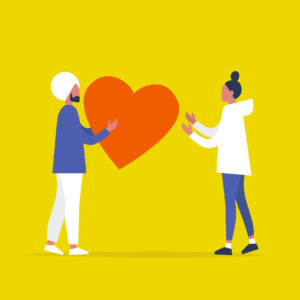
Let’s go back to the cool-attitude we talked about before!
Using emojis also makes it easier to establish contact with subscribers on social networks.
It’s just another way of showing your sympathy and empathy.
Through a discourse punctuated with images and universal codes, you come down from your ladder and put yourself on everyone’s level.
Your publications become more palpable, across all media.
This applies to all B2C networks, but also to those designed for professional relations.
The Linkedin network, for example, has adopted this trend, and emojis are now a standard feature, as is Twitter.
As it happens, there are also emoticons fully adapted to the professional sphere: 🌐📧📈📂🤝 – A set of uncomplicated media that lighten up a message!
When it comes to the leisure aspect of tourism, the use of emoticons seems more appropriate than ever to materialize dreams.
Indeed, the world of travel revolves around a single idea: dreaming.
What could be more conducive to dreaming than images?
Images support ideas that are already imagined in users’ heads.
As we all know, photos and videos are an integral part of a publication with good reach, whether organic or sponsored, but what precedes the media – the description – is just as important.
Using emojis to captivate readers
The wording of networks, whether Instagram or Facebook, is an extremely powerful lever for generating qualified engagement.
Very often, editorial strategies, the texts that accompany media content, help to capture attention, to make a virtual “Hey hoooo” 👋.
In short, optimized wording reduces scrolling and therefore improves engagement through likes, shares, comments, saves.
So we can see that tourism professionals are tending to make their social networks more talkative in response to a “Social Media Optimization” approach.
Haven’t you noticed the increasingly long statuses on Instagram?
This social network is moving towards editorial content, and emojis are here to break up the text in a bid to energize content.
With a text area of up to 2,200 characters and a display area on the feed of just 125 characters (roughly 2 lines), emojis are attention-grabbers.
The proof is below, where we see how a good proportion of travel influencers capture attention and incite their followers to click on the highly prized “more… “The challenge then is to capitalize on these first 2 lines to implement a strategy of combined wording and emojis.
Travel” influencers tend to give their Instagram a microblogging status, and given that the social network doesn’t like in-between text (in fact, post performance is boosted either with very short text, or on the contrary, very long text), the use of emojis takes on its full meaning in terms of rhythm and punctuation!
Doing too much or too little is part of the recipe for success on Instagram, no matter how big or small your account 😉 !
It’s up to you to test these two types of status to readjust your strategy, but you should know that posts between 1 and 50 characters now represent only 6.6% of publications in 2019, and that 36% of posts now incorporate more than 300 characters.
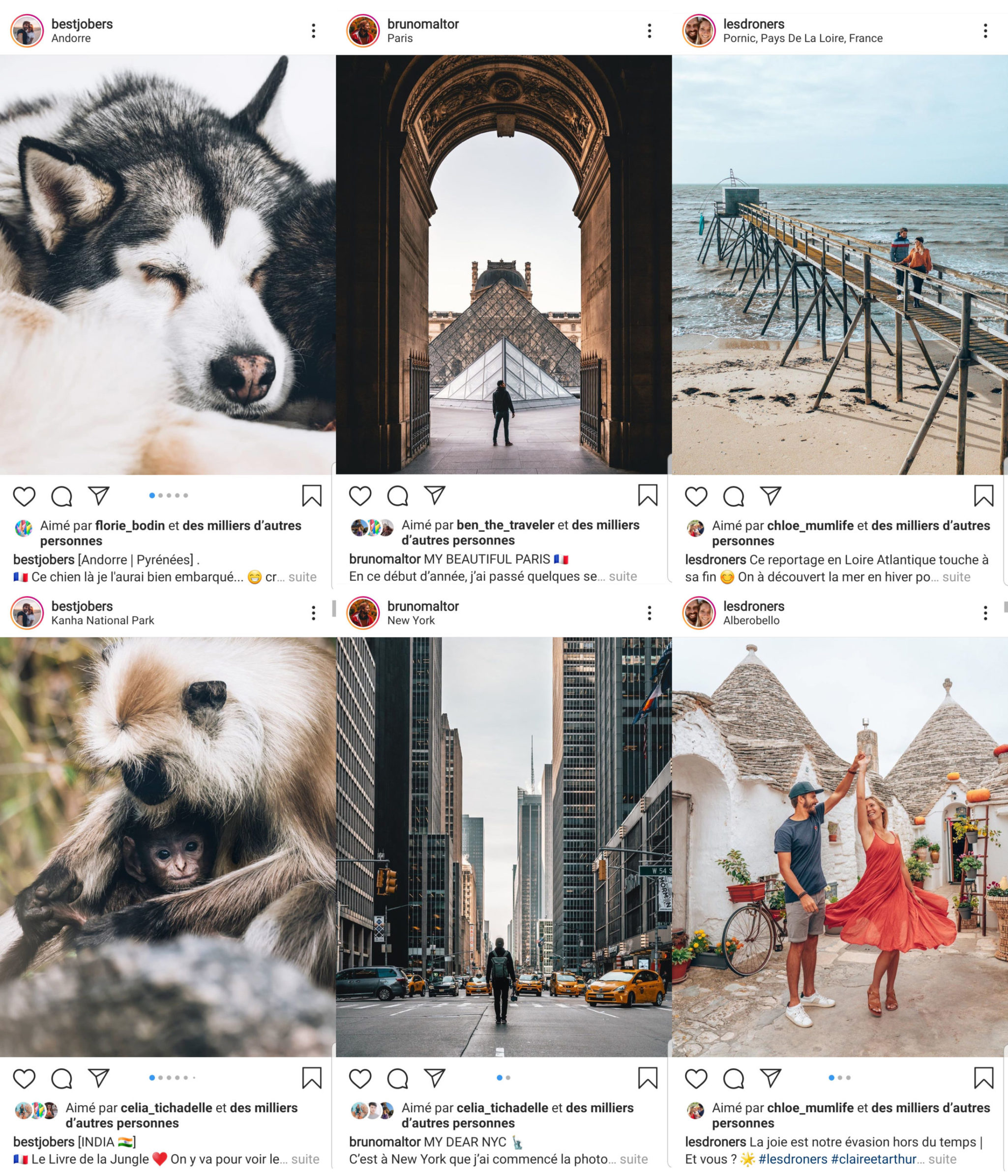
These performance figures come from a study carried out by Quintly, an insight analysis solution dedicated to Social Media, which analyzed, in 2019, over 5.9 million publications.
Recent data that reflects current trends.
This study also teaches us an ultra-relevant piece of data that underscores everything we told you about previously (drum roll 🥁): Posts that contain emojis provoke far more interactions than those that don’t.
The data also estimates that 50% of accounts, on Instagram, don’t use emoticons, which is to say that even today, 50% of Instagram profiles aren’t adopting the right technique 😮!
Whether your publication is dressed up with 2 or 10 emojis, that’s not the point – the important thing is to use them, period.
Several trends are also emerging:
- Less than 1000 followers: + emoticons = + interactions
- Between 10,000 and 100,000 followers: Between 4 and 10 emoticons per post
In short, Instagram posts that include at least 4 emoticons perform best!
But don’t forget to use emoticons in a way that makes sense, to give them a warm, personalized feel.
So we encourage you to use them if you want to set up a storytelling process around a visual or simply give a title to the visual, a bit like Caption This !
 Other organizations specializing in web studies have been able to highlight additional findings. Take Upspot, for example, which shows that using emoticons in a tweet can increase engagement by 25%, Facebook likes by 57% and comments by 33%!
Other organizations specializing in web studies have been able to highlight additional findings. Take Upspot, for example, which shows that using emoticons in a tweet can increase engagement by 25%, Facebook likes by 57% and comments by 33%!
Perfect tools, free and within everyone’s reach, that can make all the difference.
More scientific theories provide an explanation for the illustration craze.
According to neuroscience, the human brain finds it easier and, above all, faster to process visual elements than written ones, with 60,000 times more fluidity in information processing 😮.
Science has spoken…🧬
